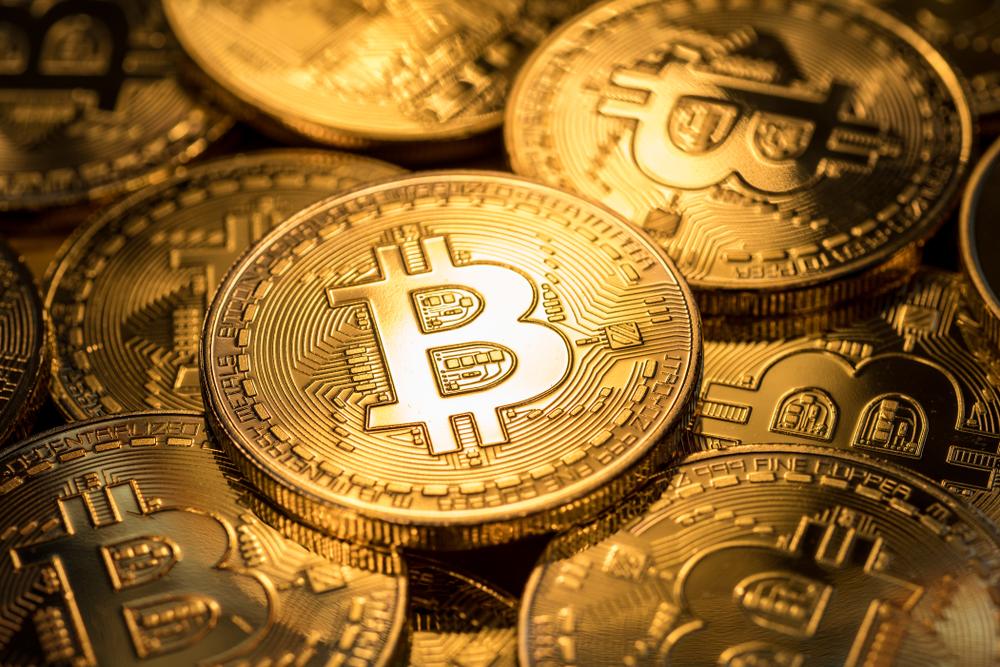- The Central Bank of the United States of America, Federal Reserve, has announced that by mid-January 425 billion USD will be pumped into the market.
- This amount corresponds to three times Bitcoin’s current market capitalisation and can be created by pushing a button.
Many economists criticize the current financial system, as Fiat currencies no longer have any equivalent value worldwide, but are legitimized solely by the law or the beliefs of citizens. In the past, many national currencies were covered by precious metals such as gold, including the US monetary system until 1971.
Bitcoin vs. Fiat Money
Until 1971, the USD was legally covered by corresponding gold reserves and the Federal Reserve could only print as much money as there was gold in exchange. This limited the amount circulating in the monetary system, since gold is finite and cannot be produced artificially. On August 15, 1971, US President Richard Nixon lifted the dollar’s peg to gold, also known as the “Nixon shock”.
Since that date, the Federal Reserve has been able to print new money at will, thereby increasing the amount of money in circulation. Each new “money printing”, however, causes a devaluation of the money and thus to a slowly progressing inflation, as the money supply increases thereby ever further.
In a new statement dated December 11, 2019, the FED announced that it will pump more than USD 425 billion into the market by mid-January to guarantee price stability and a stable economy due to the current economic situation. Towards the end of the year, so-called repurchase operations will be carried out, in which additional collateral will be provided to the banks to support their daily operations:
The Desk intends to adjust the timing and amounts of repo operations as needed to mitigate the risk of money market pressures that could adversely affect policy implementation, consistent with the directive from the FOMC.
Until 14 January 2020, the FED wants to push the amount of USD 425 billion into the market by printing money. This monetary policy is also viewed critically by the Bitcoin Community. Bitcoin Trader Rhytm announced on Twitter that this amount is three times Bitcoin’s current market capitalisation. He sums up ironically:
The Federal Reserve will inject at least another $425 billion into the financial system with the next month.
That's three times the size of the entire marketcap of Bitcoin in a single month.
Everything is fine though. 🙃
— Rhythm (@Rhythmtrader) December 13, 2019
Fiat money can be generated electronically at the touch of a button by central banks worldwide, whether FED or the European Central Bank (ECB), without there being any equivalent value.
Bitcoin can not easily be “printed”
In order to produce Bitcoin, the miners have to solve complex arithmetic problems and compete to see who first solves the riddle and wins the Mining Reward. Furthermore, the maximum amount available is limited to 21 million Bitcoins, so there is no such inflation in the Bitcoin network. Nevertheless, the price of Bitcoin can fluctuate by several thousand USD within a few months, which is why many experts strongly criticize BTC and deny its value storage properties.
Nevertheless, Bitcoin is used as a value store in crisis countries, as the national currencies in Argentina or Venezuela suffer from hyperinflation and the citizens of the country flee with their remaining capital to Bitcoin and other alternative assets.
https://twitter.com/CryptoWelson/status/1190094660578037761
The current national debt of the United States of America is just under USD 23 trillion. This corresponds to about 12 million dollars for every Bitcoin that will ever exist. The current monetary policy will further increase the national debt, so that it is not foreseeable where the upper end of the flag is. Further historiography will show whether Bitcoin can actually be an aid or even a saviour in this context.
Follow us on Facebook and Twitter and don’t miss any hot news anymore! Do you like our price indices?
Recommended for you:
- Buy Bitcoin Guide
- Bitcoin Wallet Tutorial
- Check 24-hour Bitcoin Price
- More Bitcoin News
- What is Bitcoin?
Subscribe to our daily newsletter!
No spam, no lies, only insights. You can unsubscribe at any time.




